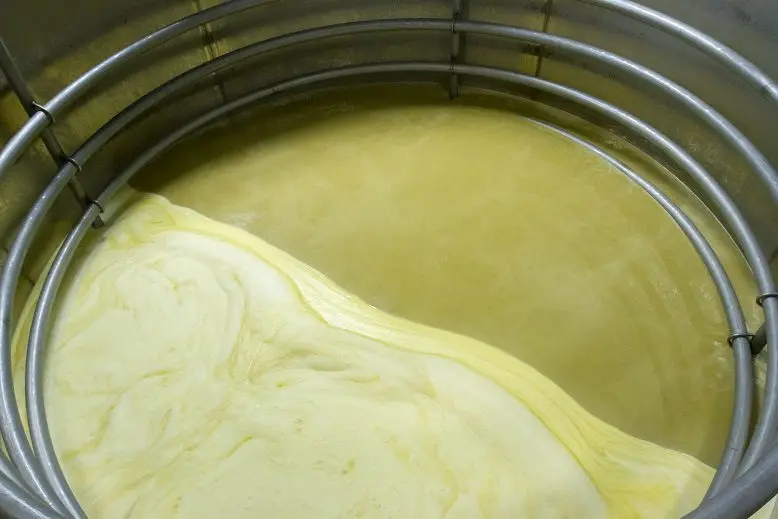To get high-quality moonshine, it is important to learn how to correctly determine the moment when the mash is ready for distillation. If you start distillation earlier, then the yield will be smaller and some of the sugar will simply disappear. At the same time, you can’t overexpose the mash, otherwise it will start to turn sour, which will worsen the taste of moonshine. We will consider all available methods to check the readiness of the mash. To improve accuracy, I recommend using it comprehensively, that is, all at once (with the exception of the last one).
1. Time
Depending on the quality of raw materials (sugar, yeast, water) and external conditions (temperature, humidity), ordinary sugar mash ferments from 5 to 14 days, on average 7-10 days, starch-containing (from grain) less – 3-7 days. Grape mash without yeast (for wild ones) needs from 20 to 60 days to ripen. Due to the large time scatter, this method is too imprecise to fully rely on.
2. Taste
Braga ready for distillation has a bitter taste. If sweetness is felt, then the yeast has not yet processed all the sugar into alcohol and you need to wait. This is the most effective verification method that allows you to control not only the readiness, but also the quality of the mash.
If the temperature regime is not observed (the optimum temperature of the mash is 18-28 ° C), the yeast may die ahead of time, as a result of which the fermentation will stop even before the full production of sugar. In this case, I recommend resuming fermentation by adding a new portion of yeast and moving the container with mash to a more suitable place.
3. Appearance
In the finished mash, foam stops forming, carbon dioxide bubbles are not released and no hissing is heard. The top layer of the mash begins to gradually lighten, the remains of yeast and their metabolic products settle to the bottom.

4. Heated splint
During active fermentation, a large amount of carbon dioxide is released, which displaces oxygen from the tank. To determine the readiness of the mash, it is enough to bring a lit match to the surface. If it burns, then the fermentation has stopped and you can start distillation. The damping of the match indicates that the fermentation is still ongoing.
5. Professional method
The most accurate, but requires a special device – a hydrometer, which only experienced moonshiners have.
To determine the remaining sugar (non-fertility), 200 ml of mash is filtered through a dense cloth, poured into a measuring cup and a hydrometer is lowered there. At values below 1.002 (corresponding to 1% sugar in mash), you can start distillation.









